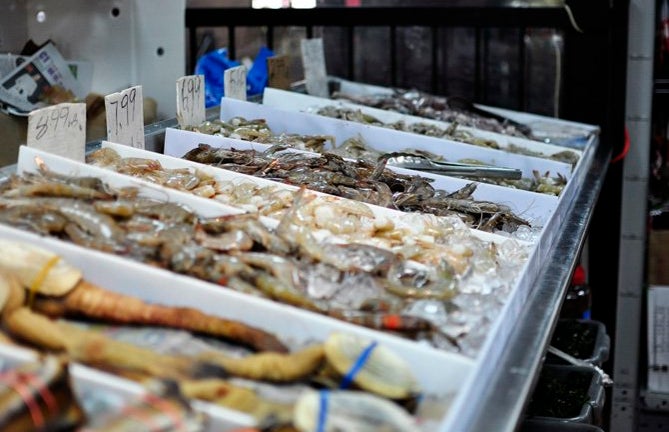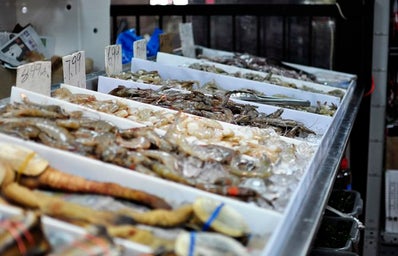Eat your seafood now, because it will all be gone by the year 2050, according to a study done by an international team of ecologists and economists.
The United Nations cites that 17% of fish stocks worldwide are currently overexploited, 52% are fully exploited, and 7% are depleted. With current fishing trends, it is not surprising that this once bountiful resource is quickly depleting. The industry needs to scale back on its trawling and catches and work with scientists in order to make fishing a sustainable practice that will continue to support its workers and the public who rely on fish in the upcoming future.
A 2012 National Oceanic and Atmospheric Organization report states that the commercial fishing industry, which includes fishermen, processors, dealers, wholesalers and retailers, contributed $141 billion in sales, $39 billion in income and supported 1.3 million jobs. Due to the economic influence of the global fishing industry, lobbyists have spent $2,803,001 this year alone. Politicians and lobbyists ignore potential extinction issues in order to keep fishing jobs and make more money in the unsustainable industry.
Some argue that the booming business and high demand are more important than the health of the ocean. This is especially important in China, where government subsidies given to the fishing industry reached almost $22 billion between 2011 and 2015, according to research fellow Zhang Hongzhou at Nanyang Technological University in Singapore. In fact, revised estimates for China’s overseas fish catch total 4.6 million tons per year, 12 times what is reported to the United Nations.
In 1992, Canadian fisheries in Newfoundland had to temporarily close because cod came so close to extinction due to oversaturated fishing. In order to make fisheries more sustainable, the numbers must match the recommendations of scientists.
For example, the documentary The End of The Line shares that scientists recommend that only 1,000,000 tons blue whiting be caught in a year in total in order to make the supply and process more sustainable. Norway alone catches 880,000 tons.
With population and fish consumption rates going up, and fishing regulations going down, it is important now more than ever for fisheries to cooperate with scientists in order to secure the sustainability of the ocean and of their jobs. As an individual, there are ways to help put an end to overfishing. Signing petitions and supporting causes that want to make fisheries more sustainable can contribute to the cause. In addition, there are smartphone apps that can be utilized to distribute information about sustainable fish in local grocery stores. Overall, the fate of our oceans is in humanity’s hands, and time is running out to stop the depletion of one of the earth’s more precious food sources.
Sources:
http://www.fao.org/3/a-y5852e.pdf
http://www.greenpeace.org/eastasia/PageFiles/299371/FINAL_The%20problem%…‘s%20distant%20water%20fishing%20industry%20subsidies_.pdf
https://www.st.nmfs.noaa.gov/Assets/economics/documents/feus/2012/FEUS20…
https://www.opensecrets.org/lobby/indusclient.php?id=E11
http://www.pewtrusts.org/~/media/legacy/uploadedfiles/peg/publications/r…
The End of the Line (2009) dir. Rupert Murray


